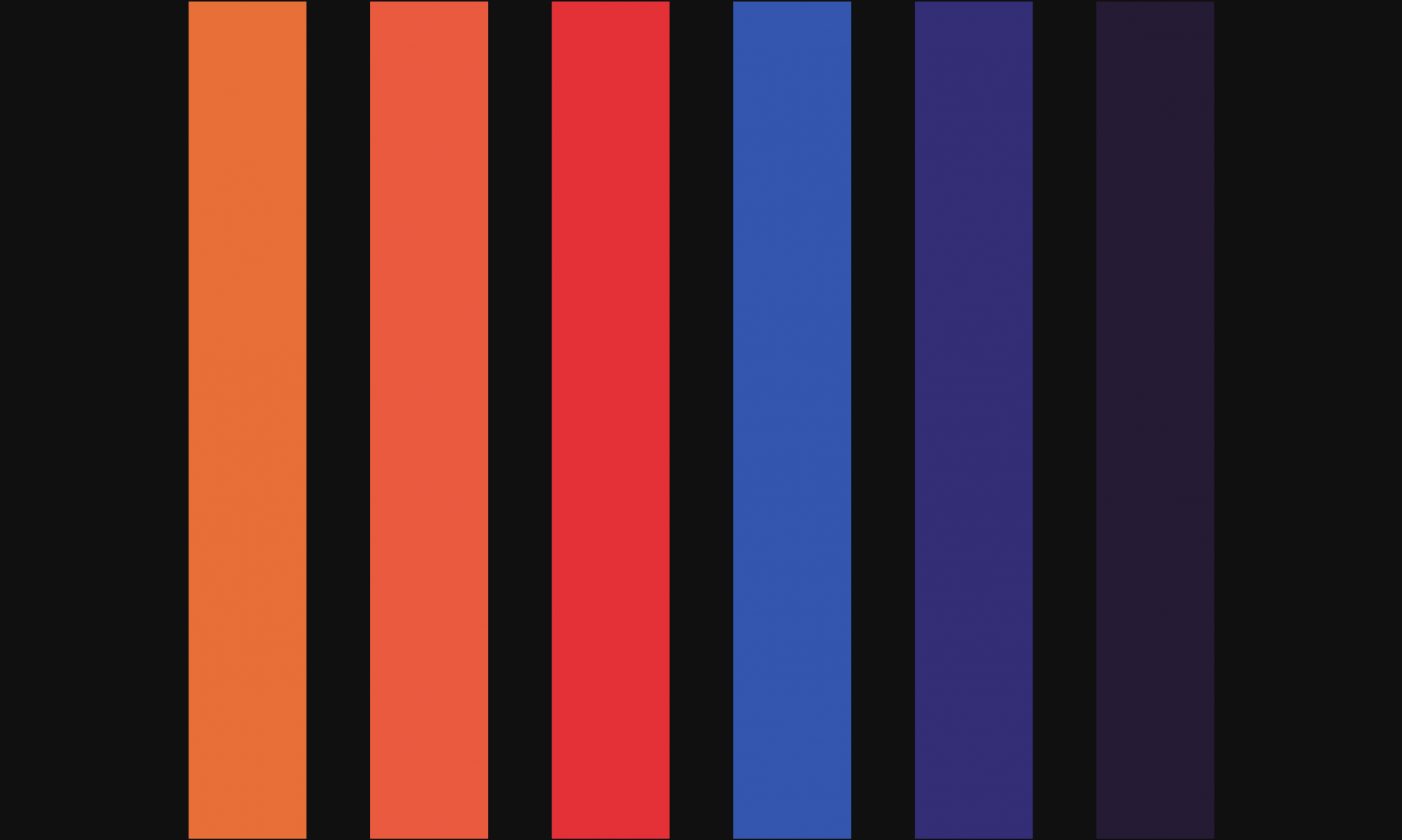This immersive approach has allowed the researchers to gain a much richer understanding of the underlying dynamics of the creative communities in HW/FI and the QEOP. In particular, through this immersive approach, the researcher has identified a number of cases of special interest due to either their implications and the learnings that they offer.
Through in-depth discussions the research will look at capturing in detail the experiences of the actors involved in these cases and draw conclusions that could benefit the communities at large. These are:
- The Exchange (The Yard theatre): During the pre-immersion stage the researchers interviewed The Yard theatre’s local producer, Katherine Igoe-Ewer. During the interview, Katherine explained the role of The Yard in developing a project called ‘The Exchange’, aimed at “delivering weekly packages to households in need of a little extra support” in Hackney Wick and the E20 area. Interestingly, Katherine explained that shortly after starting the project they already had “more volunteers than jobs”. This is a fascinating example of how an organisation in the creative economy developed a project to support the community in which they are located by mobilising people and redistributing resources within it.
- The Wick newspaper: In their own words, “the purpose of The Wick is simple: to celebrate the creativity, the industry and the people who make this place special”. Against the backdrop of lockdown and pressures on social interactiont, in November 2020, The Wick newspaper launched its first (physical) issue. This inclusive, collaborative, and open newspaper is an excellent example of how the community can locally produce high-quality publications and the appetite for such initiatives.
- Hackney Undeground: Hackney Underground is a new community-led coworking space in the heart of Hackney Wick. Located opposite the Hackney Wick Overground station, this new space takes advantage of a key unused asset. This is yet another salient example of the community’s ingenuity and drive to foster and nurture its creative potential. At the same time, the group developing this new venture faces the potential closure of one of the most emblematic workspaces in Fish Island due to the non-renewal of their lease (StourSpace). This case shows both the community’s entrepreneurial spirit and the precarity of their conditions, especially in relation to the exploitation and ownership of the space in the area.
- Studio Wayne McGregor: Studio Wayne McGregor (SWMG) is the world-class creative arts space at Here East in QEOP by multi-award-winning British dance choreographer Wayne McGregor. During the first lockdown, their three dance studios (including two of the largest in London) had to be closed. However, SWMG pivoted their offering by adapting their studios for film productions that were allowed to continue. At the same time, they reached an agreement with their landlords to make use of idle space in Here East which they transformed into space to train dancers to go back to work once the restrictions eased. This case shows the adaptability of some organisations that move beyond their own survival to also consider the implications to the creative community they belong to.
- Cell Projects Space: Cell is one of the many workspaces in HW/FI and the QEOP. Contrary to what might be expected, the workspace maintains 100% occupancy of its office and study spaces. However, this is not the norm. Understanding the strategies implemented by Cell is key to capture what has been done well and distil the lessons learned that could be adopted by other workspaces.
- Makers Market: The pandemic has caused a renewed move towards localism. In Hackney Wick and Fish Island, this has meant, amongst other things, the opening of several markets, especially during the festive season. Amongst them we find:
- White Post Lane Makers Market
- Hackney Wick Underground Market
- The White Building Market
- White Post Café Vintage Market
- Barge East’s Wick Wonderland
- In conversation with local artists and designers, the need for spaces to showcase and sell their work repeatedly manifested. However, this prospect requires a level of potential customers which simply were not met until recently. This relates to both, the mobility restrictions fostering local trade and the increased popularity of the area, which has attracted hundreds of new residents. However, whereas the former is potentially contextual and time-bounded, the latter has been resisted by some of the oldest residents. Naturally, this poses a dilemma between local growth and the protection of the area’s creative community.
Each of these deep dives will consist of interviews and activities with their protagonists to paint clear pictures of how the reality of the area is changing because and with the Covid-19 pandemic, whilst capturing the opportunities for sustainable development.

